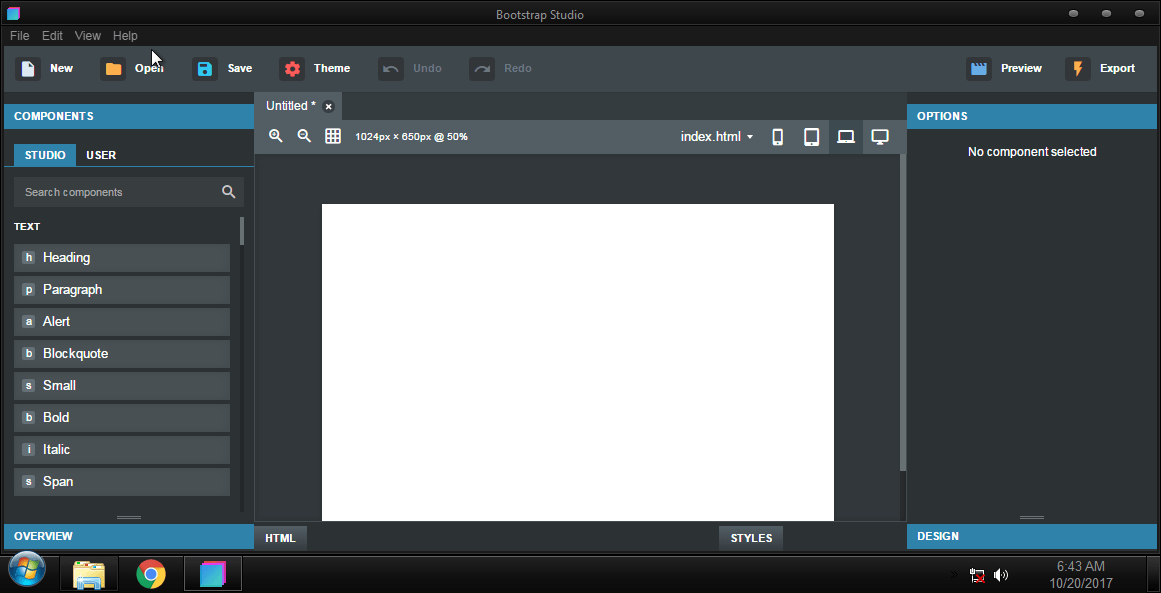


If you want to be able to boot GRUB from the Apple boot loader, you can create a small hfs+ partition (for convenience, use macOS to format it in Disk Utility afterwards).Optionally, make another partition for the swap partition.The new partition will be formatted in Arch Linux, so you can choose any partition type you want. Add a new partition by pressing the + button and choose how much space you want to leave for macOS, and how much for the new partition.Run Disk Utility, select the drive to be partitioned in the left-hand column, and click Partition.Otherwise the macOS partition cannot be resized. To install Arch with macOS, keep these partitions, and follow these steps. If using APFS, this partition is not present. Recovery: If not using APFS, a recovery partition is present.macOS: the main partition containing your macOS installation, either HFS+ or APFS.In Macs that use the Apple Fusion Drive, the partition scheme could be different. Macs typically have the following partition table. Once done, go to #Installation.Īrch Linux with macOS or other operating systems If only Arch Linux is desired, then format the entire disk according to Installation guide#Partition the disks. Reason: Do not specify a specific partition tool, this is down to personal preference, instead explain the partitions needed and then link to the possible tools which could be used, or an article on partitioning (such as the installation guide) (Discuss in Talk:Mac) If the volume is muted, the startup chime will also be muted. Set the volume on macOS, which will be the volume of the startup chime.The profile can later be used to set the display colors correctly. icc color profile, and save the file elsewhere. Open ColorSync Utility, find the current.macOS is the only known method for installing firmware updates, even though the OS will not be necessary after installing Arch.



 0 kommentar(er)
0 kommentar(er)
